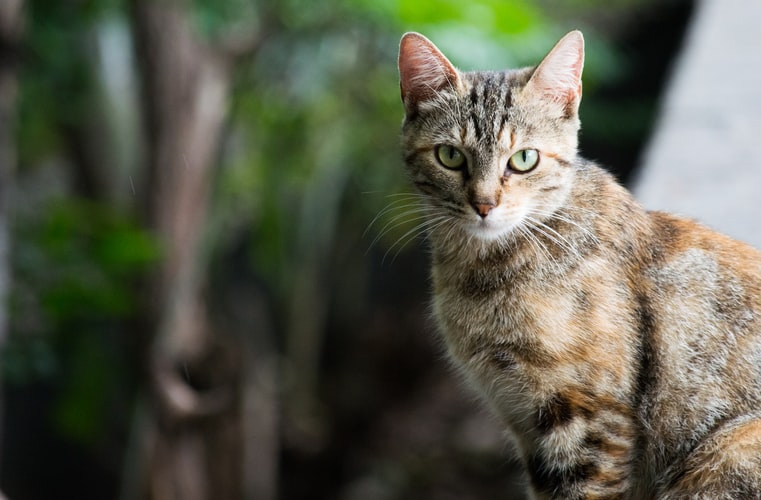When researchers started mapping human DNA, it was a monumental achievement. Not only did we get closer to unraveling the secrets of our genetic material, but it also paved the way for a number of treatments.
Just like humans, cats can suffer from a range of diseases — but we don’t understand the cat genome in the same depth as the human genome, which means that the range of genetic tools to develop new tests and treatments is more limited.
That may soon change, thanks to an Abyssinian cat named Cinnamon and the researchers who mapped Cinnamon’s high-quality genome sequence.

The researchers compared Cinnamon’s genome with 54 other cat genomes from the 99 Lives Cat Genome Project, an international collaboration looking into our feline friends’ genome, looking for genetic variations that could cause disease.
Already, they’ve found one promising genetic variation that seems to be connected to cat dwarfism.
A dwarf cat is any domestic cat which has the condition of dwarfism due to a genetic mutation, with some breeds (like the Munchkin) even being based on dwarfism — although many pet organizations have criticized the idea of breeding cats based on a disorder and don’t consider it a breed. Unlike small cats without the disorder, cats that have the genetic variation suffer from osteochondrodysplasia — deformations of the bone and cartilage.
It’s still early days, but with the new high-quality cat genome, researchers can now find explanations for diseases and conditions in domestic cats, providing a foundation for future discoveries; one thing researchers are especially looking at is inherited cancer susceptibility.
Now, the team plans to expand this work and use precision genomic medicine to develop disease screenings that will be of use for veterinarians. Having access to this type of resource is essential not just for tests, but also for ultimately developing treatments for genetic conditions.
Another potential application is for conservation research, to understand how cats came to be domesticated and split into different breeds.
Journal Reference: Buckley RM, Davis BW, Brashear WA, Farias FHG, Kuroki K, Graves T, et al. (2020) A new domestic cat genome assembly based on long sequence reads empowers feline genomic medicine and identifies a novel gene for dwarfism. PLoS Genet 16(10): e1008926. https://doi.org/10.1371/journal.pgen.1008926






